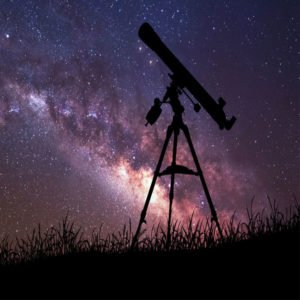 I hope you will all agree with me when I say
I hope you will all agree with me when I say
There can be no better combo than a sky full of stars and a good telescope
Like everything else, telescopes have come a long way since the early days, especially their overall use case. At present, they are not only implemented by astrologers to study celestial bodies but also used by stargazing enthusiasts to take a brief glance at our universe. These magnificent giants in the sky cannot be seen by the naked eye. Whether it’s hiking or any major recreational activity, you will definitely need the help of a pair of telescopes. Probably the best telescope your budget allows.
I have compiled this list for you, the reader, to make it easy so that you can choose the prime telescope for yourself under $1000 or even a bit over it. Each of them is selected on the basis of their portability, aperture strength, focal length, refractive index as well as mounting capability, so no matter which one you pick, it will still be worth it.
I have also included a small guide on How To Choose A Telescope after the Conclusion. Be sure to read that up so that you know how to select the ideal telescope for yourself. With that said, let’s get straight onto the reviews!
Before you go and buy, you should know the different Types:
Refractor: Most common type with low maintenance. The prices however keep increasing pretty steeply as the aperture increases. Refractor tubes have a lens at the front.
Reflector: Most inexpensive type with a mirror at the end of the tube to gather light. Reflector tubes need to be adjusted for optical alignment now and then. So only go for these if you can handle the hassle.
Compound: These use a combination of mirrors and lenses, are compact and lightweight but expensive as well. The two most popular types are Schmidt-Cassegrains and Maksutov-Cassegrains.
Focal length: The objective’s focal length determines the power or magnification of the telescope. This is simply the objective’s focal length divided by that of the eyepiece.
Best Telescope Under $1000 in 2022
| Telescopes | RATING | PRICE |
|---|---|---|
| Sky-Watcher Skymax 180mm | 10/10(Editor's Choice) | |
| Meade LX90-ACF | 9/10 | |
| Orion 10087 EON | 8.8/10 | |
| Celestron 11069 NexStar 8SE | 8.5/10 | |
| Sky-Watcher EvoStar 120 APO | 8/10 | |
| Orion 9534 ED80T CF | 7.8/10 | |
| BARSKA Anchormaster 15-45x50 | 7.4/10 |
If you liked our list, be sure to check out some more:
1.Sky-Watcher Skymax 180mm
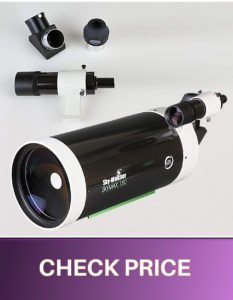
Why we love it:
- Accompanied with a Black V-style dovetail plate.
- Superior mechanical quality & strength.
- Fully multi-coated construction.
- A 90 degree Star diagonal for added accuracy.
- Compact and easy to mount.
| Pros | Cons |
| ✅180mm Maksutov-Cassegrain. | ❌ Image shift causing defocusing. |
| ✅2700 mm (f/15). | |
| ✅8x50 finderscope & 2” 90 degree Star diagonal. |
2.Meade LX90-ACF

Why we love it:
- Ultra-high transmission coatings.
- A Battery-Powered high-performance telescope.
- Avaliable with a Standard field tripod.
- AudioStar handbox with speaker Inside.
- Operates under Advanced Coma-Free Optics
| Pros | Cons |
| ✅8" f/10, 2000mm focal length. | ❌ Tripod is not the best of quality in the price range. |
| ✅Ultra-high transmission coatings. | ❌Outdated manual and documentation. |
| ✅Advanced Coma free technology. |
3.Orion 10087 EON
- Relatively lightweight at approximately 15.2lb.
- Performance-driven 4.5 inch aperture triplet.
- Fully multi-coated, three-lens ED optics and versatile f/7.0.
- A two split-clamp tube rings for easy storage
- Rotatable 3 inch dual-speed for added adjustments.
| Pros | Cons |
| ✅115mm (4.5 inch) aperture triplet ED apochromatic. | ❌ relatively expensive |
| ✅Rock-solid, rotatable 3 inch dual-speed (11:1) Crayford focuser. | ❌Difficult to find. |
4.Celestron 11069 NexStar 8SE
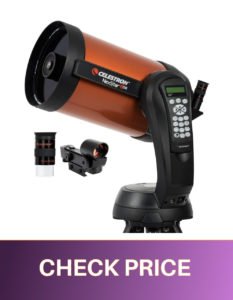
Why we love it:
- Perfect for beginners & professionals alike.
- Currently, Amazon picks the perfect Catadioptric Telescopes.
- Easy to assemble and break down.
- 2 years warranty and unlimited customer support.
- Advanced light-gathering through an 8-Inch aperture.
| Pros | Cons |
| ✅8 inch diameter. | ❌Outdated hardware. |
| ✅includes a NexStar software for an interactive simulation. | ❌Star alignment is not easy. |
| ✅Automatically locates. |
5.Sky-Watcher EvoStar 120 APO
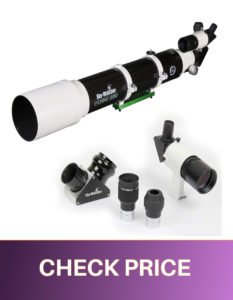
Why we love it:
- Provides an excellent color correction for crisp visuals.
- An unmatched double objective lens for the professional use case.
- Included with a 10:1 dual-speed Crayford-style focuser.
- Quality Optical Design and construction.
- Evolves with skill.
| Pros | Cons |
| ✅Dual-Speed Focuser. | ❌Expensive as compared to features. |
| ✅Comes with complete hardware including a hardcase and RACI etc. |
6.Orion 9534 ED80T CF
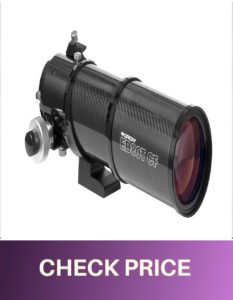
Why we love it:
- Strong carbon fiber tube with decent flexibility.
- ED glass for exceptional resolution and color coverage.
- Great field of view and other configurations.
- Visually pleasing at the first glance.
- Includes foam-lined hard carry case.
| Pros | Cons |
| ✅Strong carbon fiber tube. | ❌Customer complaints regarding dust inside the glass. |
| ✅Includes robust dual-speed (11:1) 2" Crayford focuser. |
Looking for related articles? Here are some we think you’ll like: 10 Best Dobsonian Telescopes to Buy, Best Binoculars Under 100
7.BARSKA Anchormaster 15-45×50
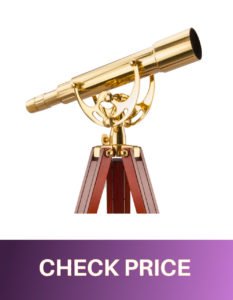
Why we love it:
- Mounted on a standing mahogany floor tripod.
- Gold-standard Anchormaster telescope with a classical feel.
- The handcrafted scope is from solid brass and mahogany wood.
- Equipped with the ability of image correction.
- Quality optics with 50mm aperture.
| Pros | Cons |
| ✅Reasonable aperture of 50mm. | ❌Limited magnification. |
| ✅One of the best-looking models available. | ❌Small field of vision. |
Conclusion:
It’s a sight to behold, the heavenly bodies, stars, mesmerizing nebulae, Saturn’s rings, and whatnot. Once you buy your first professional telescope that is capable of showing objects many lightyears away, you are sure to be immersed in this hobby from top to bottom. People have taken up astrophotography as a full-time profession. A heavy-duty DSLR paired with a powerful telescope can capture images of galaxies. Who knows one day you might capture a picture of extraterrestrials cruising down the space highway.
Best Telescopes On A Budget
When it comes to telescopes, there are many options on the market. Starting from under $100 and going beyond to tens of thousands of dollars.
You will need to calculate the Field of view before using any telescope, for that you can use our Telescope Field of View Calculator. The $100 ones are miniature scopes, more like a kid’s toy and the tens of thousands of dollars one? Well, let’s just leave them for professional scientists. Do you need to also ask yourself questions like what are the heavenly bodies that I want to observe? How much spare room do I have to get started? How long will it take me to set up my stargazing telescope? And how much money am I willing to spend? Other than that, you also need to think about what will be the ideal location for using your telescope.
Are you willing to take it outside with you, or do you want to have a clear view in the comfort of your home? These are some of the things which will probably impact your purchase, make sure to take them under consideration next time you visit eBay. If the given telescope is able to mount additional attachments, then it’s a great thing, but you don’t have to stress over it much. Most budget-oriented telescopes will easily be able to hold on to your camera or video recorder, so try not to overburden yourself and spend more time comparing ease of use and portability. All in all, for a person who loves to travel, escape the light pollution, set up a camp, a bonfire in the middle of a desert, and likes to gaze upon nature’s roof; the ideal options can be found ranging from a $1000-1800.
How To Choose A Telescope:
It’s not easy choosing the telescope that’s right for your observing interests, lifestyle, and budget. With so many options on the market, it makes sense to understand the different kinds of features and attributes of telescopes so that it becomes easy to choose your first telescope. After that, whether it’s a telescope for home use, for professional photography, a telescope under $300, or anything. It will be extremely easy so let’s dive in.
Aperture:
Generally, your telescope should have at least 2.8 inches aperture. A larger aperture means a better view of the fainter object. But a small one can do a pretty decent job as well- especially if you live away from the city lights.
Mounts:
The most underrated part of the telescope. On some mounts, the scope can move in all 4 directions like a camera tripod. These are usually known as “Alt-Az” mounts. There are then Dobsonian mounts which basically are elegant simple wooden platforms and a variation of the Alt- Equatorial mounts are designed to track the motion of the stars by turning on a single axis. They tend to be larger and heavier plus you need to align them properly with the North Star. Choosing a telescope is a high ordeal for many. Since you are spending a hefty amount on it, you want to make sure you buy the finest telescopes. Even we want to make sure you do hence, this article.
Area Of Interest:
Stargazing is basically a vast field, so the area of interest or basis of study will be different for yours as compared to mine. That’s why I would advise only to choose the telescope that is specific to your needs. Some consumers prefer to have a glance over bright luminous objects such as the moon, while others tend to focus on nebula and star clusters. Planets are also widely preferred by astronomy fans, but they will require strong telescopes with a focal ratio of f/11 or higher. If none of them are to your liking, then terrestrial landscapes are also worth a shot. You can observe clear blue skies to get a closer glimpse of nature.
- 10 Best Monocular Telescopes UK in 2022【Reviewed】 - April 1, 2022
- How To Build A Dobsonian Telescope [Guide 2022] - March 31, 2022
- Best Astrophotography Stacking Software [Ultimate Guide] - March 31, 2022

 Why do we recommend it?
Why do we recommend it? 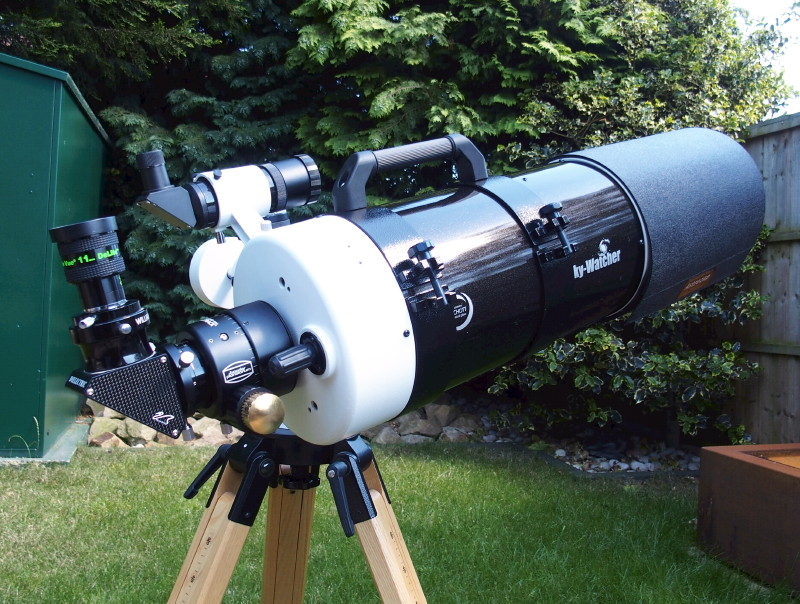
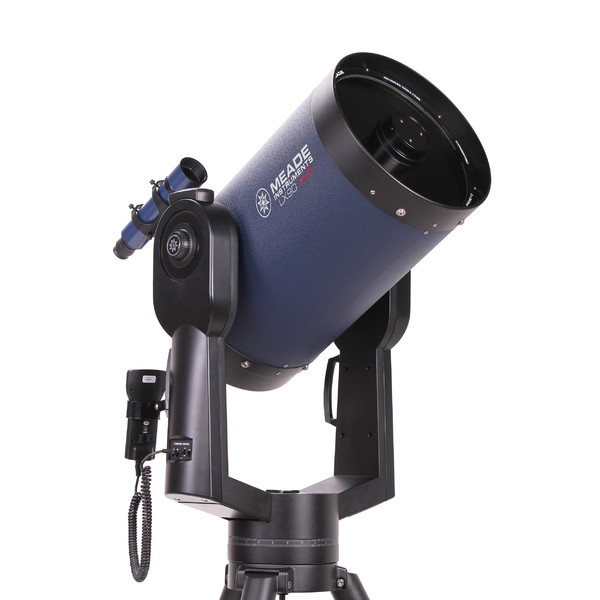 Why do we recommend it?
Why do we recommend it? 

 Why do we recommend it?
Why do we recommend it? 
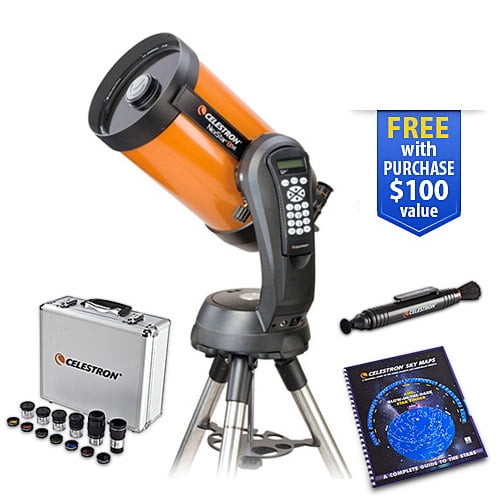 Why do we recommend it?
Why do we recommend it? 
 Why do we recommend it?
Why do we recommend it? 
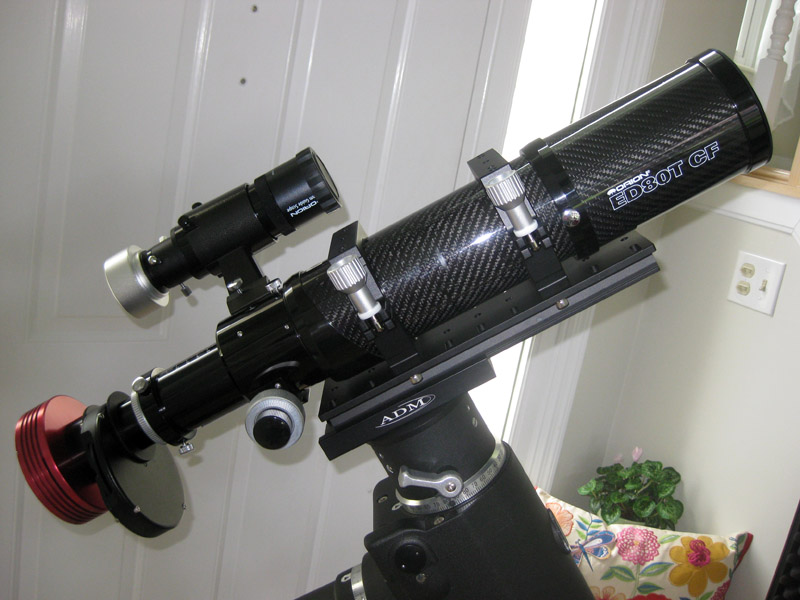 Why do we recommend it?
Why do we recommend it? 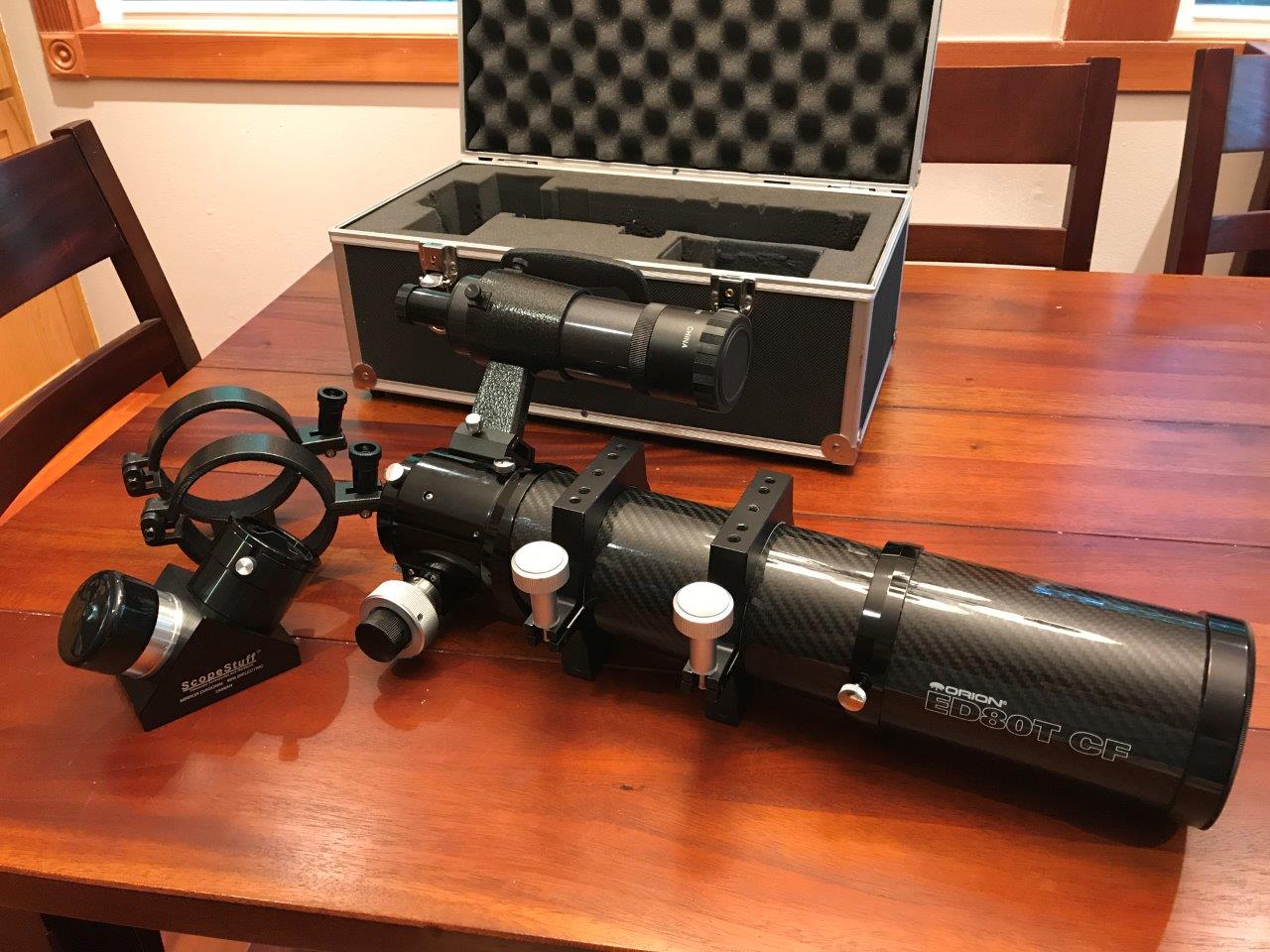
 Why do we recommend it?
Why do we recommend it?
Leave a Reply